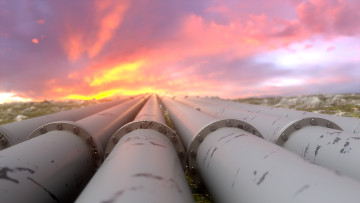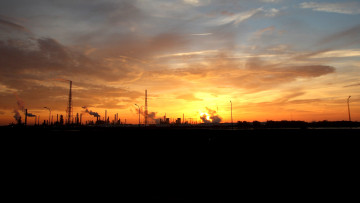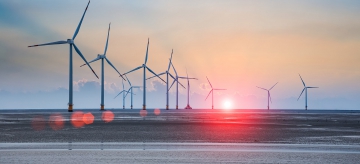CO2, it seems to be the most discussed chemical element of our time. This greenhouse gas, present in our atmosphere, regulates the earth's temperature, so to speak. But while CO2 is essential for sustaining life, too much of it will lead to problematic warming of our planet. Can carbon capture and carbon usage provide a good intermediate solution to this?
A greenhouse gas with two faces
Greenhouse gases, including carbon dioxide, play a crucial role in trapping heat from the sun. Although CO2 is seen as a culprit for global warming, it has always been floating around in our atmosphere. In fact, it is essential for life on earth, as plants, trees and algae use CO2 to grow and produce oxygen. But increasing emissions of CO2 from human activities have led to an excess of this gas in the atmosphere, resulting in climate change.
From curse to blessing with CO2 capture
In an effort to reduce CO2 emissions, companies worldwide have been focusing on greening their energy needs and reducing their emissions. A temporary solution to reduce CO2 emissions is to capture, store and possibly reuse them. This process is known as Carbon Capture and Storage (CCS) and Carbon Capture and Utilisation (CCU).
CCS provides an interim solution on the way to a climate-neutral economy. For some industries, captured CO2 is more than just a by-product - it is a valuable resource. Through Carbon Capture and Utilisation (CCU), CO2 is then converted into useful products, such as fertilisers for agriculture or coolants for energy producers.
Towards smart energy landscapes
The possible applications of CO2 seem endless. Perhaps ships will soon be powered by methanol derived from captured CO2, or we may see the breakthrough of innovative technologies that split CO2 molecules into carbon and oxygen. Developments in this field continue to evolve, promising a more sustainable future for our planet.
CO2 emissions and the location for reuse are often far apart, making pipelines transporting CO2 more important in tomorrow's energy landscape. Since 2022, Antea Group has designed more than 300 km of CO2 and H2 pipelines on behalf of Fluxys. In addition, just last year we realised the first environmentally licensed CO2 backbone in Belgium, which was an important step in the transition to a climate-resilient society.
Want to know more?
We are happy to help!






